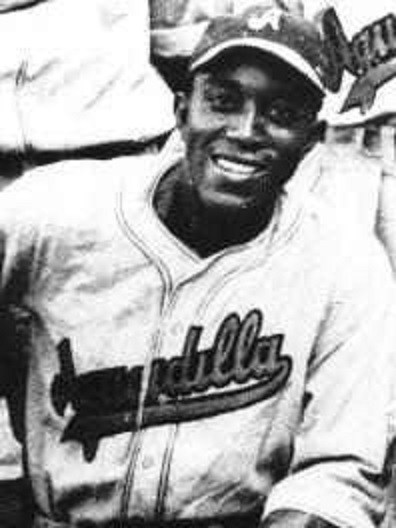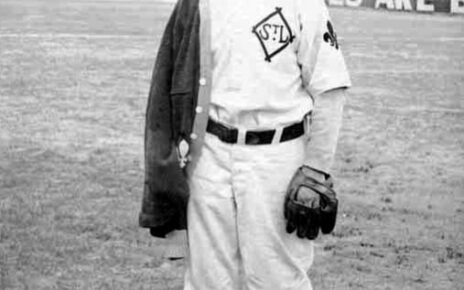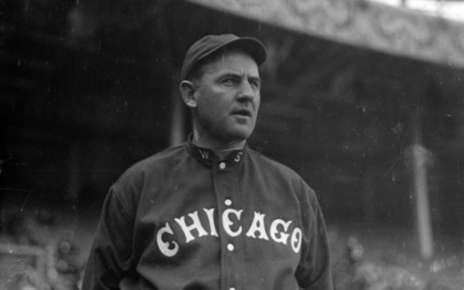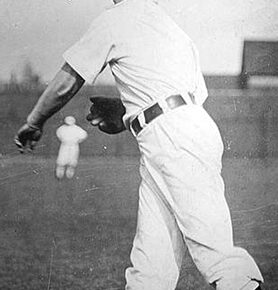Two-way players were commonplace in the Negro Leagues. There were many reasons for this, most of which I have gotten into before. To keep it short, there were lots of two-way players in the Negro Leagues and that’s why the Babe Ruth to Shohei Ohtani narrative is a false one. When we are on this journey of chronicling two-way players throughout history plenty of them will wind up being Negro League players.
One such player is Leon Day, who spent the majority of his career pitching, but a few years seeing significant time in the field as well as pitching. He played at a high level throughout his career, a high enough level that in 1995 he found himself enshrined in the National Baseball Hall of Fame. It was a struggle for Day to get his due, and he had passed away before he could get the honor he so deserved in person. Still, Day is in the Hall of Fame, which is where he belongs.
Day saw scattered two-way action in the early years of his career, but never enough to truly qualify as a two-way player. It wasn’t until 1942 when he first put together a true two-way season. That season he played mainly with the Newark Eagles, though he did play one game on loan to the Homestead Grays. He pitched in 10 games, and played the field in 26 games; 8 in left field, 3 at second base, and 15 in center field. On the mound, Day had 9 complete games and 1 shutout over 83.1 innings pitched. His ERA of 1.73 was near the top of the Negro National League while his ERA+ of 224 was tops in the league. He sported a WHIP of 0.91, and his K% of 28.6 shows just how hard he was to hit. When Baltimore’s favorite son had the bat in his hands he slashed .341/.396/.439 for an OPS+ of 144. His wOBA of .399 made up for his lack of power, shown in his ISO of .098. His sWAR in 1942 was a stellar 5.0.
Playing strictly with the Eagles in 1943 Day continued his two-way adventures. He pitched in 10 games, and played center field for 8, second base for 12, and left field for 2. 1943 represented one of the few off years for Day on the mound. His ERA+ of 109 still places him above league average, but his ERA of 4.44, WHIP of 1.33, K% of 18.6, and BB% of 9.3 lend credence to the stories of his arm being nearly dead. That he was able to still be above average with a dead arm speaks to how special Day was as a player. He also regressed with the bat in 1943, slashing .235/.292/.286 for an OPS+ of 59. His wOBA really dipped to .276, and his sWAR was an anemic 0.4. The two-way magic Day had displayed in 1942 was gone.
It’s important to note that Day would miss the next two years serving in the United States Armed Forces. When he did come back Day only saw brief action in a two-way role. He spent the majority of the rest of his career as a pitcher, with his chances in the field becoming less and less every year (he may have seen considerable action in the field in at least one of his Minor League Baseball seasons, 1952 with the Scranton Miners, but accurate records of his positions played were not kept). Day is a case where life got in the way of his two-way adventures. War, a dead arm, and a bad season at the worst time all conspired to dash Day being more of a two-way regular. Still, for one year Day was a fantastic two-way player and he was an above average two-way player, albeit in smaller spurts, throughout the rest of his career. I would have loved for Day to have played more in a two-way capacity, but I’m glad he gave us 1942 at least.
Lead photo courtesy of Unknown – Unknown




